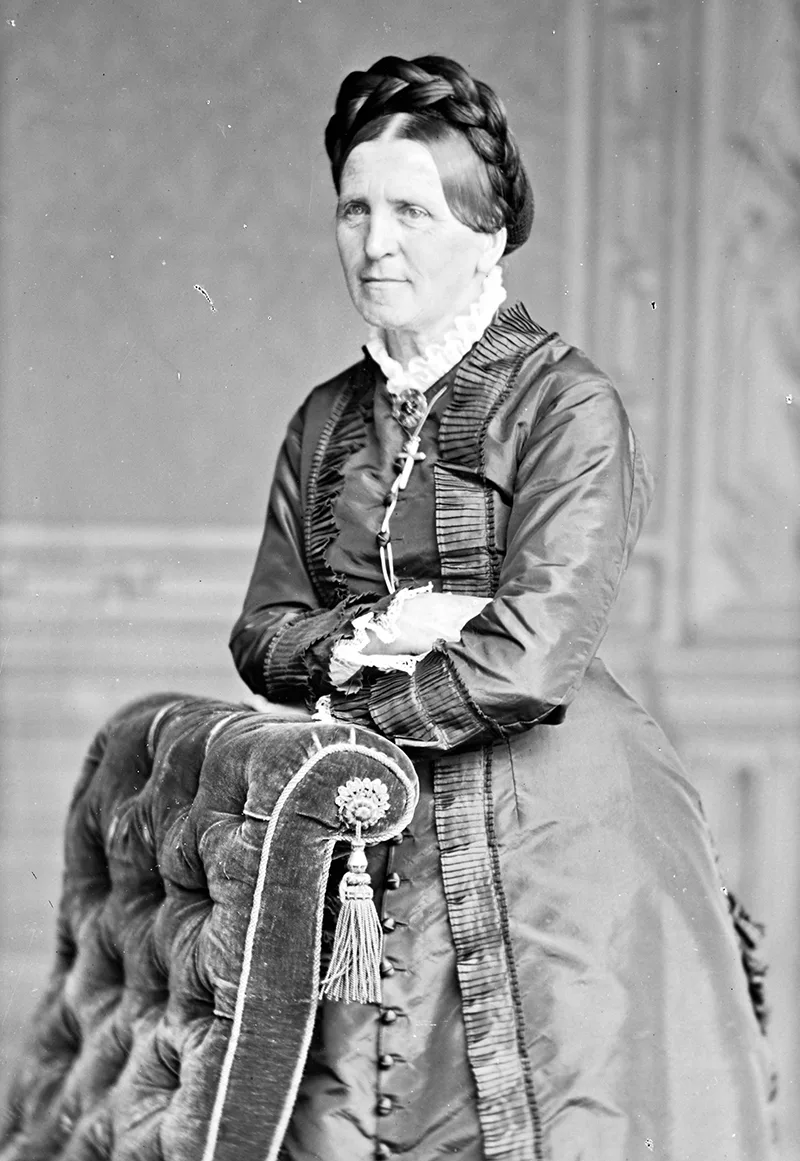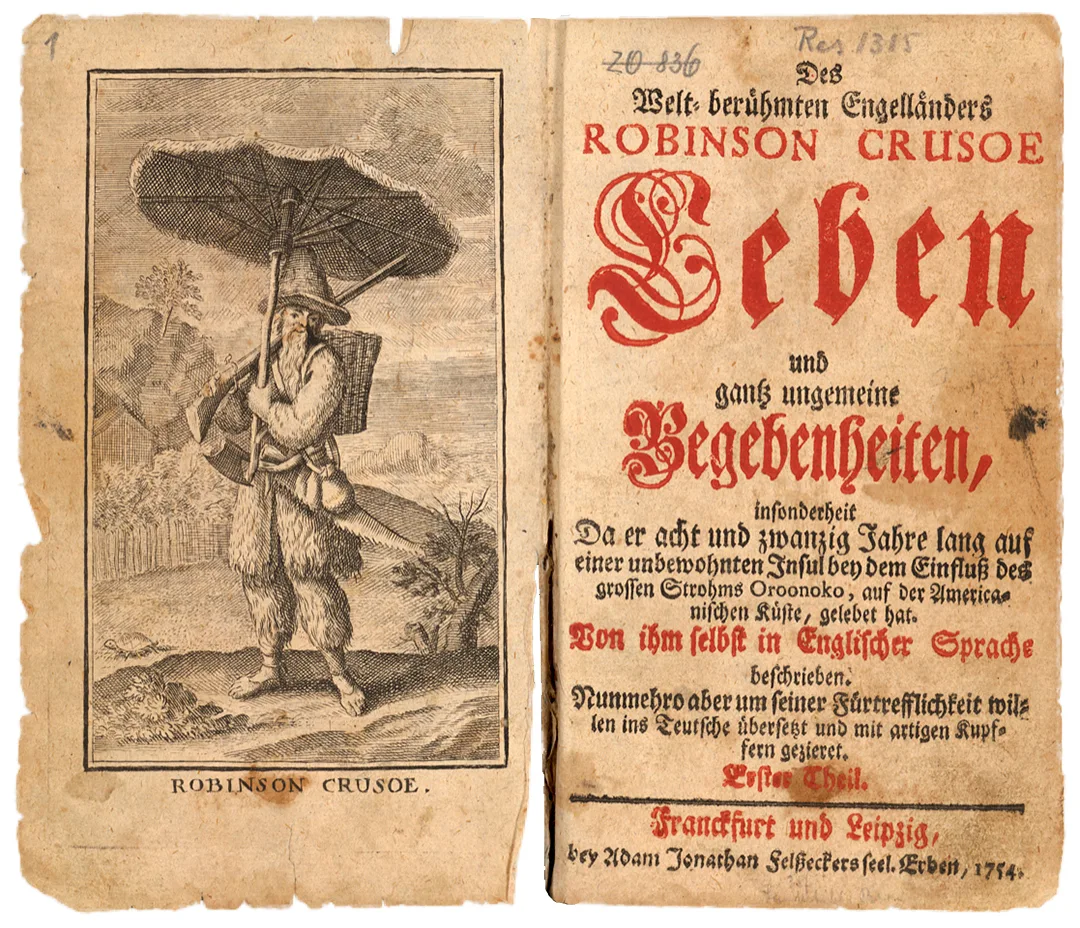
Heidi in Japan
In Japan, Helvetia would probably be called Heidi, such is the extent to which the children’s book character created by Johanna Spyri has shaped the image of Switzerland in this Pacific island nation.
A typical Swiss person, in Japanese thinking at any rate, is a little Swiss girl with dark hair and rosy cheeks. And even though the girl lives in the 19th century, she comes – in keeping with modern times – from an international patchwork family with a Swiss mother and several Japanese fathers. We’re talking about Heidi, the most famous character from the pen of Swiss author Johanna Spyri (1827-1901). The adventures of the little orphan who is sent to live in the mountains with her grandfather were a bestseller during the author’s lifetime, and had a significant impact on Switzerland’s image abroad. Even today, the idealised depiction of the rural community and its affinity with nature and the mountains continues to be a tourist drawcard. In addition to Spyri’s book, which has been translated into more than 50 languages, this global success has included a series of Japanese animated cartoons.
In the early 1970s, two young Japanese men, Hayao Miyazaki and Isao Takahata, created the 52-part anime series ‘Arupusu no Shōjo Haiji’ – translating to Heidi, Girl of the Alps. The duo later founded the now world-renowned Studio Ghibli. Today, Miyazaki is known in particular for his fantasy films which, like Howl’s Moving Castle, don’t always hold strictly to the literary paradigms. For the Heidi cartoon series, however, Miyazaki, who would go on to win an Oscar, and director Takahata, who died in 2018, spent a month travelling in Switzerland so they could make the setting as close to reality as possible. As a result, not just Maienfeld, but even the mountain hut on the Ochsenberg above the village, which the cartoon-makers visited, are clearly recognisable in the series – so clearly, in fact, that the Ochsenberg is now marketed under the name ‘Heidi’s Alp’.

Portrait of Johanna Spyri. The photograph was taken in a studio.
Swiss National Museum

Sketch for the cartoon series ‘Heidi, Girl of the Alps’, first aired in 1974.
Yoichi Kotabe
However, Heidi’s popularity in Japan is not just due to the anime version. As early as the 1920s, the first of scores of Heidi translations, which are still bestsellers in the 21st century, appeared. The fictional Swiss miss, transcribed as Haiji or renamed Kaede depending on the translation, had her real ‘breakthrough’ in the aftermath of the Second World War, when attention started to shift to idyllic, innocent nature. Interestingly, it is precisely these motifs that appeal to the Japanese even in the digital age – and, in connection with Heidi, create a positive image of Switzerland. In addition, the Heidi cult is supported by a booming merchandise industry, theme parks and new adaptations.
Just how far Japan’s Heidi image, and in particular the 1974 ‘Heidi, Girl from the Alps’, has also affected the concept of Heidi elsewhere around the globe is demonstrated by the 3D animated series aired in 2015 which, although in fact produced by a Belgian studio in cooperation with German, French and Australian TV channels, has a design that has been significantly shaped by the Japanese model from the 1970s.



